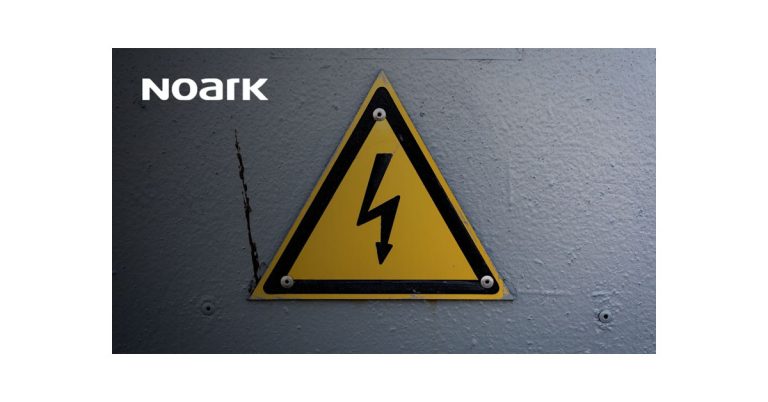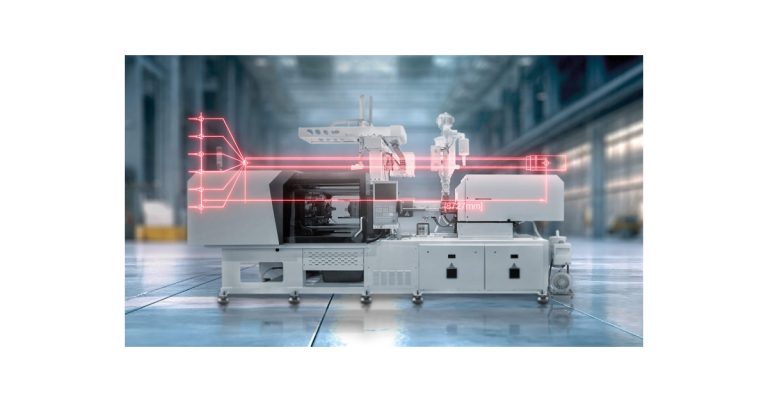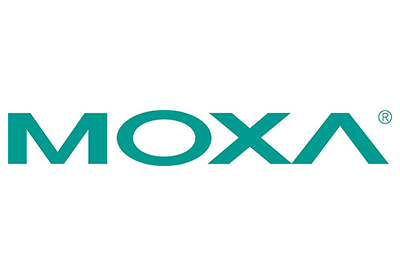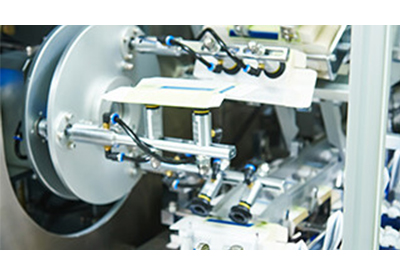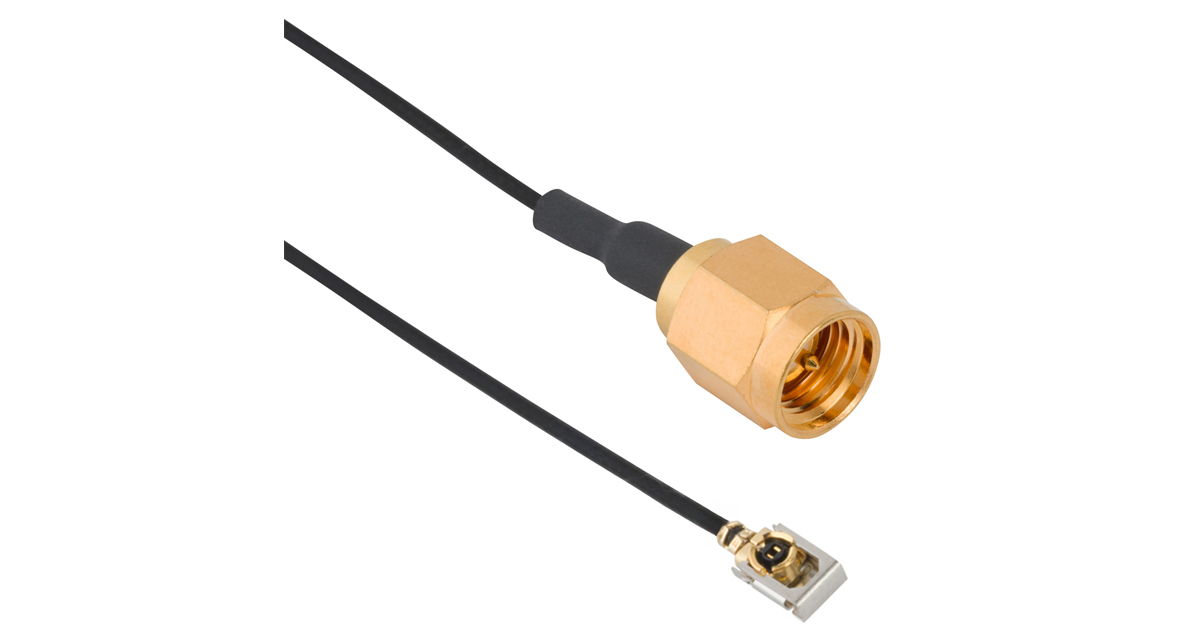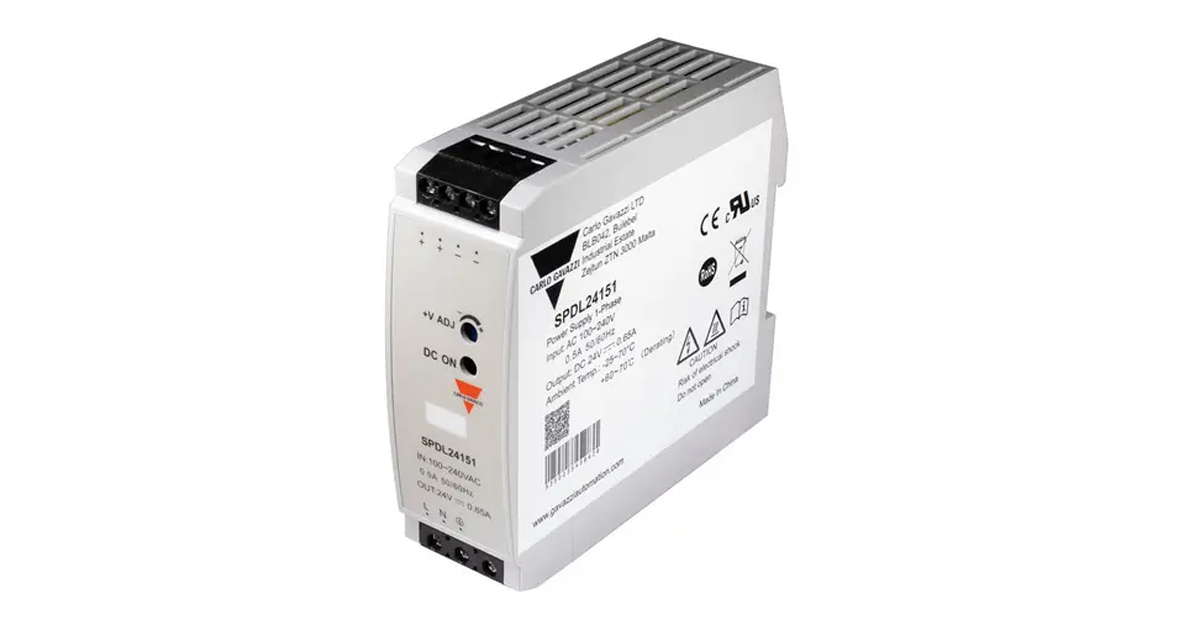Fault Managed Power Revolutionizes Power Distribution
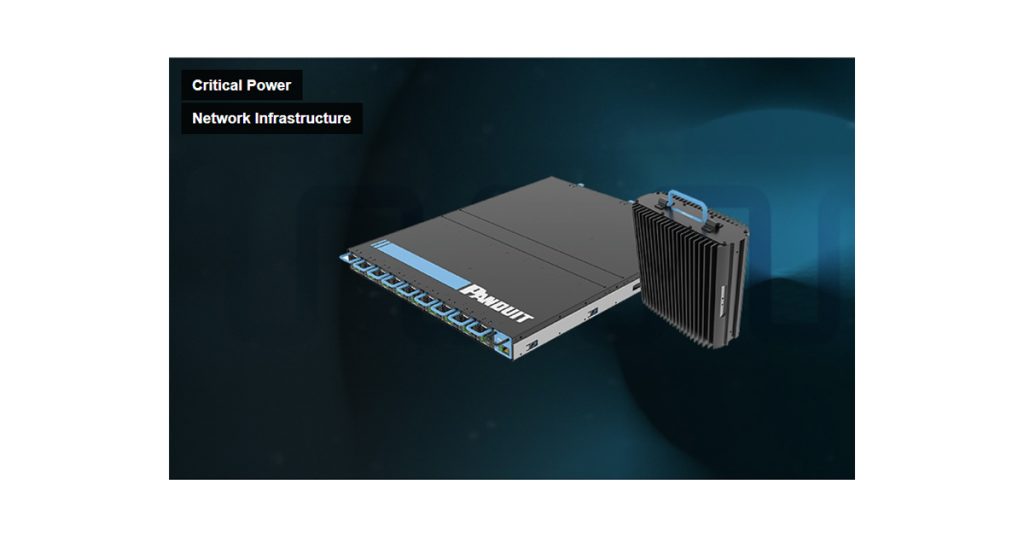
September 17, 2024
By Mahmoud Ibrahim, Sr. Business Development Manager, Panduit
Building infrastructure solutions are continually evolving. The effort to make buildings more efficient, more sustainable, and better optimized has led to a myriad of innovations over the years. In this sea of innovation, the emergence of Class 4 power solutions (including our own Panduit Fault Managed Power System) stands out as a true game-changer for building owners and managers. As we look to the future, Class 4 power solutions are poised to transform the way critical systems are powered in buildings.
The Power Dilemma in Modern Buildings
In today’s digital age, buildings are becoming increasingly complex, with a growing number of systems requiring reliable power distribution. From security cameras and access control systems to Wi-Fi access points and digital signage, the demand for power in remote locations throughout a building has never been higher. However, traditional power solutions often fall short.
Enter the Class 4 Power Solution
Class 4 Power or Fault Managed Power is the latest power distribution method to address this growing demand for safe, reliable power that can power end devices at a greater distance. The Panduit Fault Managed Power System (FMPS) is at the forefront of the Class 4 power revolution and is the first Class 4 system certified to the new UL 1400-1 Standard. This innovative system addresses the limitations of conventional power distribution methods, offering a safe, efficient, reliable, and practical solution that truly goes the distance.
(We recently published a blog post that explains in detail how FMPS systems work, how Class 4 power differs from other classes of power, and the safety benefits of fault managed power. Please check it out to learn more about Class 4 Fault Managed Power Systems.)
The Panduit FMPS includes two main components: a transmitter chassis and a receiver. Each transmitter chassis holds up to three power supply units and up to nine transmitter modules. The chassis receives standard AC power from an outlet or PDU and converts it into high voltage limited current DC power, and then transforms that DC power signal into a Pulse Current waveform that is delivered to the receiver over a Class 4-rated cable. The receiver then converts the Pulse Current waveform back into DC power to power end devices.

The magic happens in the patent-protected Pulse Current waveform. Pulse Current is comprised of short pulses (i.e., 3ms). As these pulses occur, the fault management system continuously monitors for faults. If it detects a fault, it triggers the system to stop power transmission within milliseconds. This makes the power delivery inherently safe, even if someone happens to touch the cables. Because the system detects that touch instantly and stops transmitting power within milliseconds, the person isn’t injured from touching the live wires.
The Panduit FMPS is self-healing, meaning that once a fault has been cleared, the Pulse Current immediately resumes, making the system extremely reliable.
Deploying Fault Managed Power
The transmitter chassis is typically deployed in the headend of the building, while receivers are positioned near the end devices. Class 4-rated copper cable connects the two, and because of the safety features of the system, the cable can be managed the same as any other low-voltage copper cable, routed in wire baskets, j-hooks, etc., rather than conduit, as is required for traditional Class 1 power. Some local jurisdictions may require conduit, however, only one conduit is sufficient to house both Class 4 power cable and data cable, rather than having to run two separate conduits. Panduit currently has one Class 4-rated copper cable, with additional cables launching in the near future.

Key Benefits for Building Owners and Managers
Enhanced Safety: Because the Panduit FMPS is the first Class 4 power system in the market certified to the UL 1400-1 Standard, it ensures a safer power delivery system. This compliance significantly reduces the risk of electrical fires and other safety hazards, providing peace of mind for building owners and occupants alike.
Increased Power Delivery Range: One of the most significant advantages of the FMPS is its ability to deliver substantial power over long distances. The Panduit FMPS can deliver up to 600W per copper pair, at a distance of up to 2 kilometers. This feature reduces – and many times eliminates – the need for multiple power sources throughout the building, simplifying infrastructure and reducing potential points of failure.
Cost-Effective Installation: Because FMPS does not require a master electrician for installation, or conduit for routing, installation is easy. Low-voltage technicians can install at the same time as data cable and in the same pathways, resulting in lower installation costs and reduced downtime during implementation. This efficiency leads to substantial savings in both time and money. And with faster buildout, building owners can quickly reconfigure spaces to meet tenant needs.
Future-Proofing Infrastructure: As technology continues to evolve, the demand for power in buildings will only increase. Investing in a Class 4 power solution like FMPS positions buildings for future growth and technological advancements.
Energy Efficiency: We designed FMPS with energy efficiency in mind, potentially leading to lower operational costs and a reduced carbon footprint for buildings.
Remote Monitoring and Control: The control capabilities of FMPS deliver improved operational efficiency. You gain visibility into your power network consumption and available capacity and streamline maintenance and troubleshooting processes.
Real-World Applications in Today’s Enterprise Environments
The versatility of the Panduit FMPS makes it ideal for a wide range of applications in enterprise spaces:
- Powering security camera networks without the need for local power sources
- Delivering reliable power to access control systems across multiple floors
- Energizing digital signage and information kiosks throughout large spaces
- Providing consistent power to Wi-Fi access points in challenging locations
- Supporting building automation systems for improved energy management
The Future of Power Delivery is Here
Building owners are constantly seeking ways to improve efficiency, safety, and cost-effectiveness. The Panduit Fault Managed Power System represents a significant leap forward in power distribution technology, offering a solution that addresses many of the challenges faced in modern building management.
By embracing this Class 4 power solution, building owners are not just solving today’s power distribution problems – they are investing in a future-proof infrastructure that will support their building’s evolving needs for years to come. The combination of enhanced safety, improved reliability, improved operational efficiency, and potential cost savings makes the Panduit FMPS a compelling choice for forward-thinking building owners.
As the industry continues to push the boundaries of what is possible in building technology, solutions like the Panduit FMPS will play a crucial role in shaping the smart, efficient, and safe spaces of tomorrow. The time has come for building owners to consider powering up their building’s potential with this innovative Class 4 power solution.

https://www.panduit.com/en/about/blogs/fault-managed-power-revolutionizes-power-distribution.html


